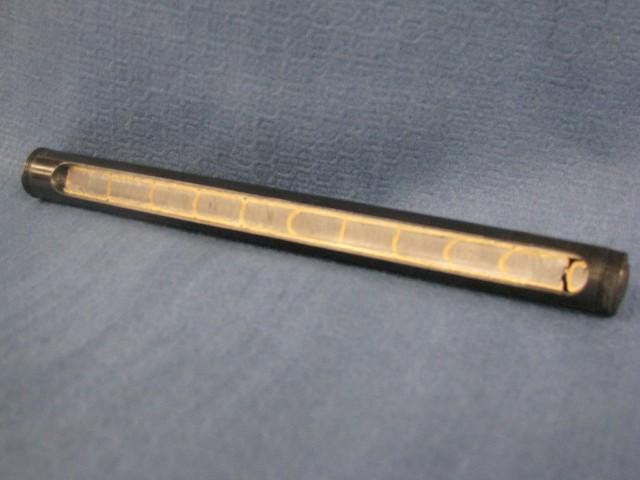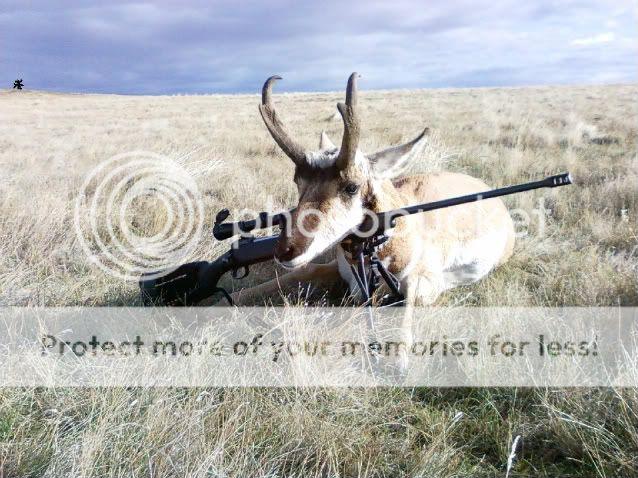I'm not going along just because a few guys got away with it. I'm saying major firearms manufacturers are designing and building guns for mass consumption that push these 'limits".
JE, What do you think about S&W using barrels of about .109" thick on the 500 S&W rated for everyday use at 60,000 PSI and Dan Wesson using barrels .500" diameter for the .357 Magnum at 35,000psi? The proof loads for these guns are rated at 50% over these figures. How much pressure do you think a 300 RUM left in the barrel when the bullet is at the very end of the barrel?
I don't know the exact pressure either but I have bobbed a number of them with a slight bulge from firing a slug of mud out of them. Not one was ever split. As far as support from the brake threads as long as the brake has any tension at all the v portion of the threads in the brake is firmly contacting the corresponding v form from the barrel. It doesn't need filled solid to gain support.
I have a Rifles Inc 300 RUM in my shop right now that had a 7/16-28 brake on it and I was just reminded that Kimber Mountain Ascent rifles use 7/16-28 threads on their 30 cal rifles.
Here is the math on these popular revolvers. I'm guessing somebody of at least one of these companies consulted an engineer before pouring millions into making these firearms.
.718" -.500" = .109" is capable of regular use at 60,000psi
.500" - .357 = .0715" is capable of regular use at 35,000psi.
I have also noticed a lot of semi automatic high powered pistols that have very thin barrels that operate at 37,500 to 40,000 psi. Then there are the fluted cylinders on these revolvers. Many of which get down to less than .100 thick. I have also brought it up with the owners of several barrel makers and I doubt any of them are engineers but they have no problem fluting barrels down pretty thin. They frequently say the pressure curve drops of dramatically after a few inches down the barrel. I worry a lot more about the guys asking for the chamber shank be reduced right at the lug to as small as possible leaving the chamber with not much thickness right at the throat. I have yet to do it due to crazy cost of the Proof research barrels but I suspect they are very thin under that epoxied on carbon sleeve. Especially on the .375 CheyTac barrels.
I have a Dan Wesson .357 barrel with Eleven 158 grain jacketed soft point bullets in it and it only bulged to .513" right outside the frame. Of course my word means nothing here so I'll let the picture do the talking. It's the best conversation starter of all my wall of shame examples.

 Help Support Long Range Hunting Forum
Help Support Long Range Hunting Forum



